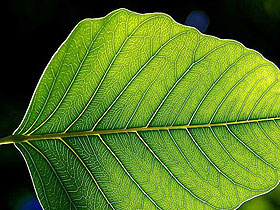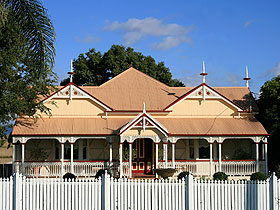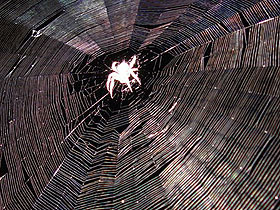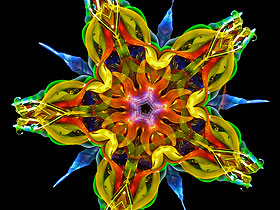Home > Patterns > Good teaching > Familiar situations > A pattern hunt > Symmetrical patterns in the environment
Symmetrical patterns in the environment
Here are two examples of symmetrical patterns that students might find on a pattern hunt.
|
|
|
Such patterns are commonly seen in nature and students will readily find them in flowers, insects and leaves. But they are also frequently seen in constructions such as buildings and towers.
Such objects possess mirror symmetry.
As students draw such objects they should realise that each could be cut in half and each half is a mirror reflection of the other.
In manufactured objects, the two halves are made carefully with the same dimensions. In natural objects, such as a leaf, the symmetry is only approximate.
Another type of symmetry is rotational symmetry, which can be seen in the examples below.
|
|
|
In this case each part of the object is repeated by rotation about a central point.
Rotational symmetry in nature is approximate. It is often found in flowers and fruit. In manufactured objects, such as the kaleidoscope image, the rotational symmetry is more precise.
Symmetrical patterns may be constructed through craft activities such as paper folding and cutting, or by using drawing software such as Drawing for Children.




